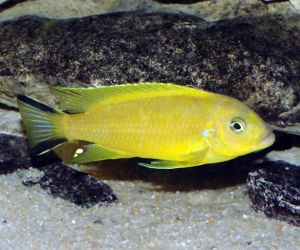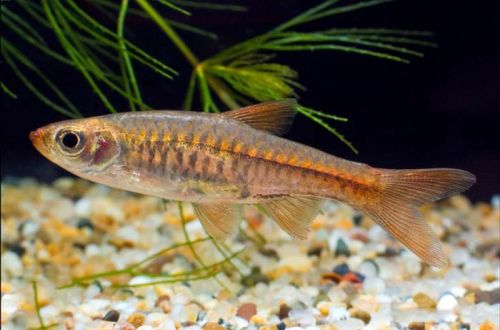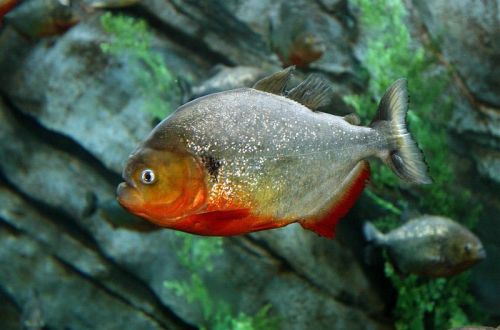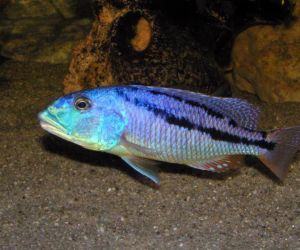
Malawian cichlids
The cichlids that inhabit Lake Malawi (Nyasa) appeared in it relatively recently, only a million years ago, where they arrived from another large lake – Tanganyika. For some time, these lakes were connected by a river channel formed as a result of tectonic shifts. According to scientists, since the canal appeared, many species of fish have rushed into it, however, only one species of cichlids has been able to reach Malawi. Then an evolutionary event occurred that had no analogues in the animal kingdom.
For several hundred thousand years, more than 500 new species have formed from a single species! And the process of speciation is still going on.
Almost all of them are endemic and are not found anywhere else. The success of these cichlids is due to the unusual way of protecting fry, which first appeared in Lake Tanganyika. During the spawning period, fish lay from several tens to hundreds of eggs. After fertilization, the female immediately takes them into her mouth, where further development takes place. The fry that have appeared always stay close to their parents and, in case of danger, immediately hide back to a safe place – in the mouth.
Lake Malawi is located in the Rift Valley in East Africa and is a body of water that has filled a deep crack on the surface of the earth. For example, Baikal has the same origin. The bottom of the lake is littered with sedimentary rocks (sand, stones), and the coastline combines gentle slopes and rock piles. The basis of the ecosystem is phyto and zooplankton, however, food sources are very limited, which predetermined high competition for food resources. In the course of evolution, cichlids were divided into three specialized groups: the first began to sift the sand at the bottom and extract useful microorganisms from it, the second group of fish, known as Utaka, feeds on small plankton in the water column, the third – the most numerous group, known as Mbuna, feeds on algae growing on the surface of stones and rocks. It is the latter group that is the most popular in the aquarium trade. These fish are distinguished by their bright colors and interesting social behavior.
Pick up fish with a filter
Contents
- “Blue Dolphin”
- Aristochromis Christi
- Aulonocara Aurica
- Aulonokara Benša
- Aulonokara Granta
- Aulonokara leans
- Aulonokara multicolor
- Aulonokara Nyasa
- Aulonocara orchid
- Boadzulu
- blue zebra
- Blue Pindani
- Dimidochromis
- Zebra Mbuna
- golden cichlid
- golden leopard
- Copadichromis azureus
- Copadichromis light back
- Red cichlid zebra
- Red Kadango
- Labeotropheus
- Lavender Mbuna
- Lombardo
- Maingano
- Malawian Butterfly
- Melanochromis Johanna
- Melanochromis Chipoka
- Protomelas
- Pseudotropheus Aki
- Pseudotropheus Doctors
“Blue Dolphin”
Aristochromis Christi

Aulonocara Aurica
Aulonokara Benša
Aulonokara Granta
Aulonokara leans
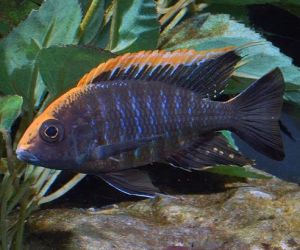
Aulonokara multicolor
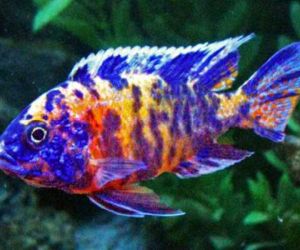
Aulonokara Nyasa
Aulonocara orchid
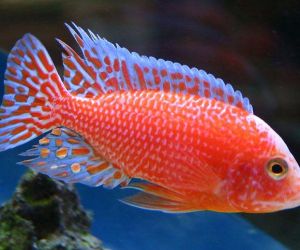
Boadzulu
blue zebra
Blue Pindani
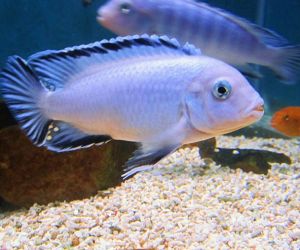
Dimidochromis
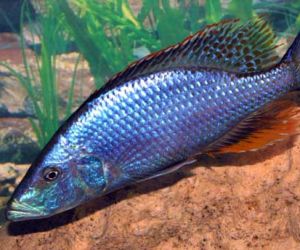
Zebra Mbuna
golden cichlid
golden leopard
Copadichromis azureus
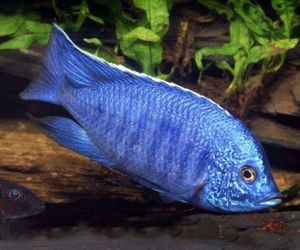
Copadichromis light back
Red cichlid zebra
Red Kadango
Labeotropheus
Lavender Mbuna
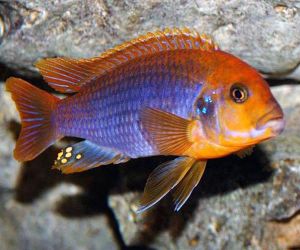
Lombardo
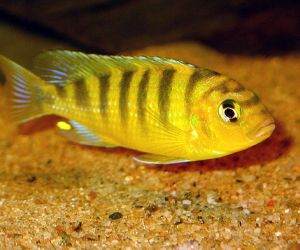
Maingano
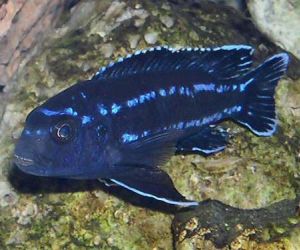
Malawian Butterfly
Melanochromis Johanna
Melanochromis Chipoka
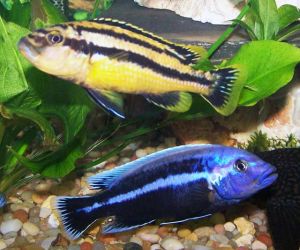
Protomelas
Pseudotropheus Aki
Pseudotropheus Doctors
